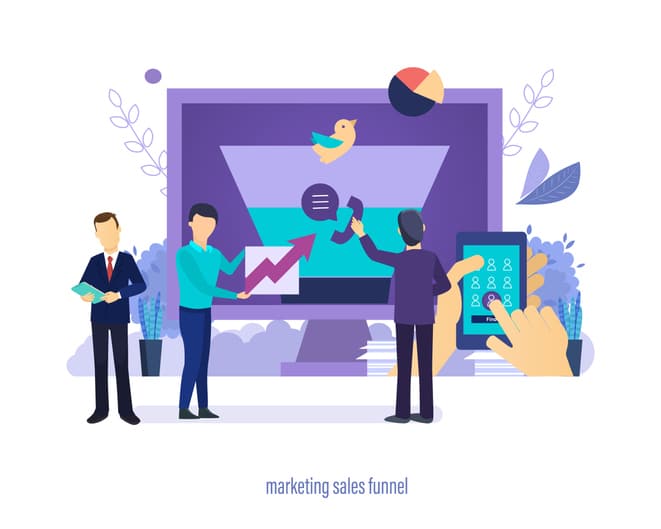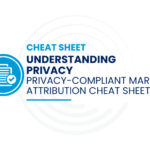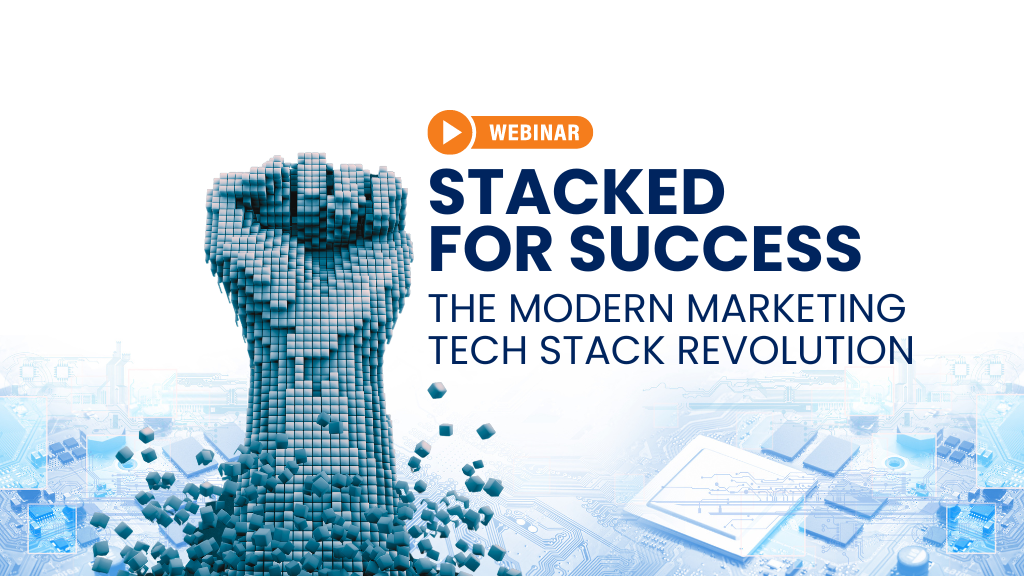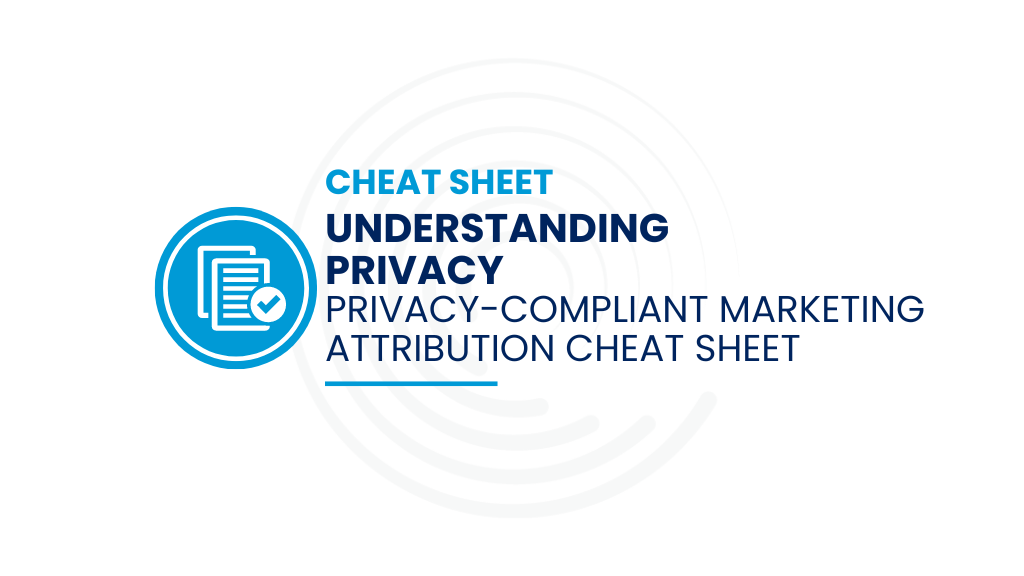
Funnels are a terrific tool for understanding how a sales and marketing operation works. In fact, when I would join a new company, getting the data and creating the funnel would be one of the first things I would do as the new VP of marketing. The reason funnels are so critical as a tool is that they provide very valuable information which can help you understand how your business works and where you might make investments to improve.
What are funnel metrics? They are Volume, Velocity, and Conversion Rates. Volume funnel metrics are a count of the number of leads going through any stage in the funnel. Velocity funnel metrics are the time, usually counted in days, spent in each stage of the funnel, and Conversion Rates are the percentage of leads that move from stage to stage.
The challenge with the funnel data is that without a tool like we built at Full Circle, collecting accurate funnel data can be really challenging. But with a good tool there’s so much you can learn about your operations. Let’s start at the beginning.
Volume
Volume is an important B2B marketing metric to determine whether the raw marketing effort is enough. Here’s an example scenario. If your average deal size is 10K and you need to generate 100K in revenue this month, you need to close 10 deals. If your sales cycle is 2 weeks and your conversion from response to close is 1/100, how many responses do you need if half of the deals are sourced by marketing? That’s 10 deals x 100 responses for each deal x 50% sourced by marketing or 500 responses this month (actually in the first 2 weeks of the month).
So, it’s pretty obvious that if you are only generating 100 responses in the month, your team needs to increase its program response volume and find another 400 responses for sales. Sometimes simply pointing this out to your team can result in program adjustments to get the volume significantly higher.
Conversion
Conversion rates tell you how your marketing is performing through the entire sales cycle. We are fans of SiriusDecisions and their Demand Waterfall which has become a standard in many B2B sales and marketing operations. But many companies have more customized funnel models with stages and that’s ok too. As long as everyone in sales and marketing has an shared vocabulary, stage naming doesn’t really matter that much.
Conversion rates are measurements from stage to stage. If you generate 1000 responses and 100 convert to marketing qualified responses, your conversion rate is 10%. Typical baseline stages are Inquiries, Marketing Qualified Leads, Sales Accepted Leads, Sales Qualified Leads, and Closed Deals. A useful conversion rate to know is the Lead-to-Close conversion rate. Is it 1 in 50 (2%) or 1 in 1000 (0.1%)? The Lead-to-Close conversion rate makes a big difference in how you market and your overall cost of sales. Your CEO will likely appreciate this number.
Velocity
How long is the overall sales cycle? In other words, how long does it take for an initial response to turn into a deal? Overall, it’s good to know whether it takes 6 months or 6 days typically from the initial response to close. You can use this in your marketing planning of course. If you know the overall sales cycle is 6 months, whatever you are working on now, doesn’t have much of a chance of affecting revenue for a period as long as 6 months. Some programs may work in combination to shorten the sales cycle and speed velocity. It’s good to know that too. Sometimes you can observe that deals get stuck in a particular stage for a very long time. Is there a marketing program that can help accelerate sales?
To start, here’s a Full Circle report that shows a volume of leads across all campaign at different stages in the funnel and the conversion rates from stage to stage:
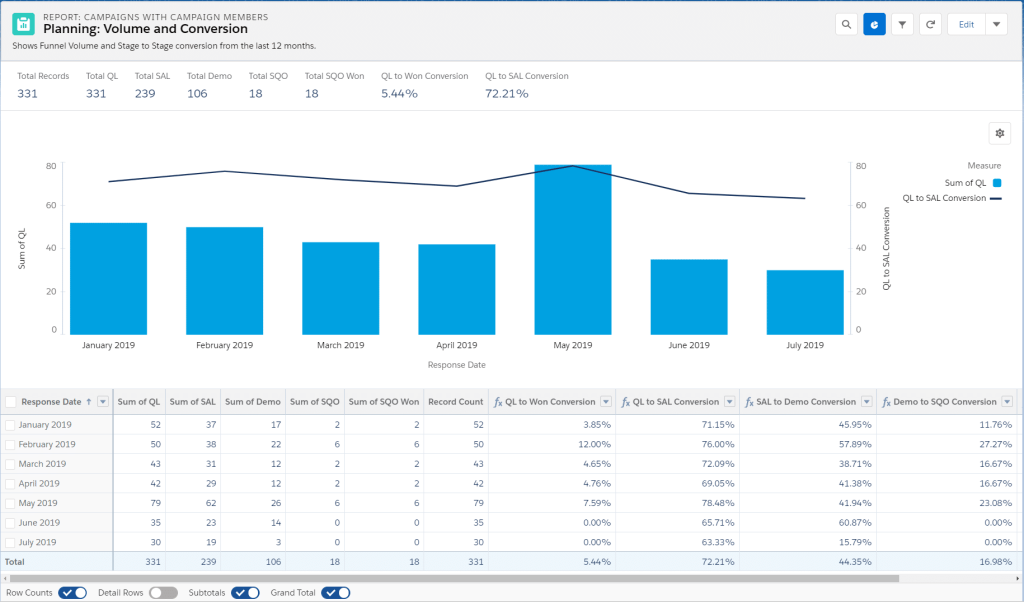
Volume. Conversion. Velocity. These are the three elements that can tell you a lot about your B2B marketing and sales operations.
[Ebook] Four Dashboards to Make Marketing Measurement Easy
An easy, step-by-step guide showing four distinct pillars of marketing measurement and how they translate into actionable dashboards.
